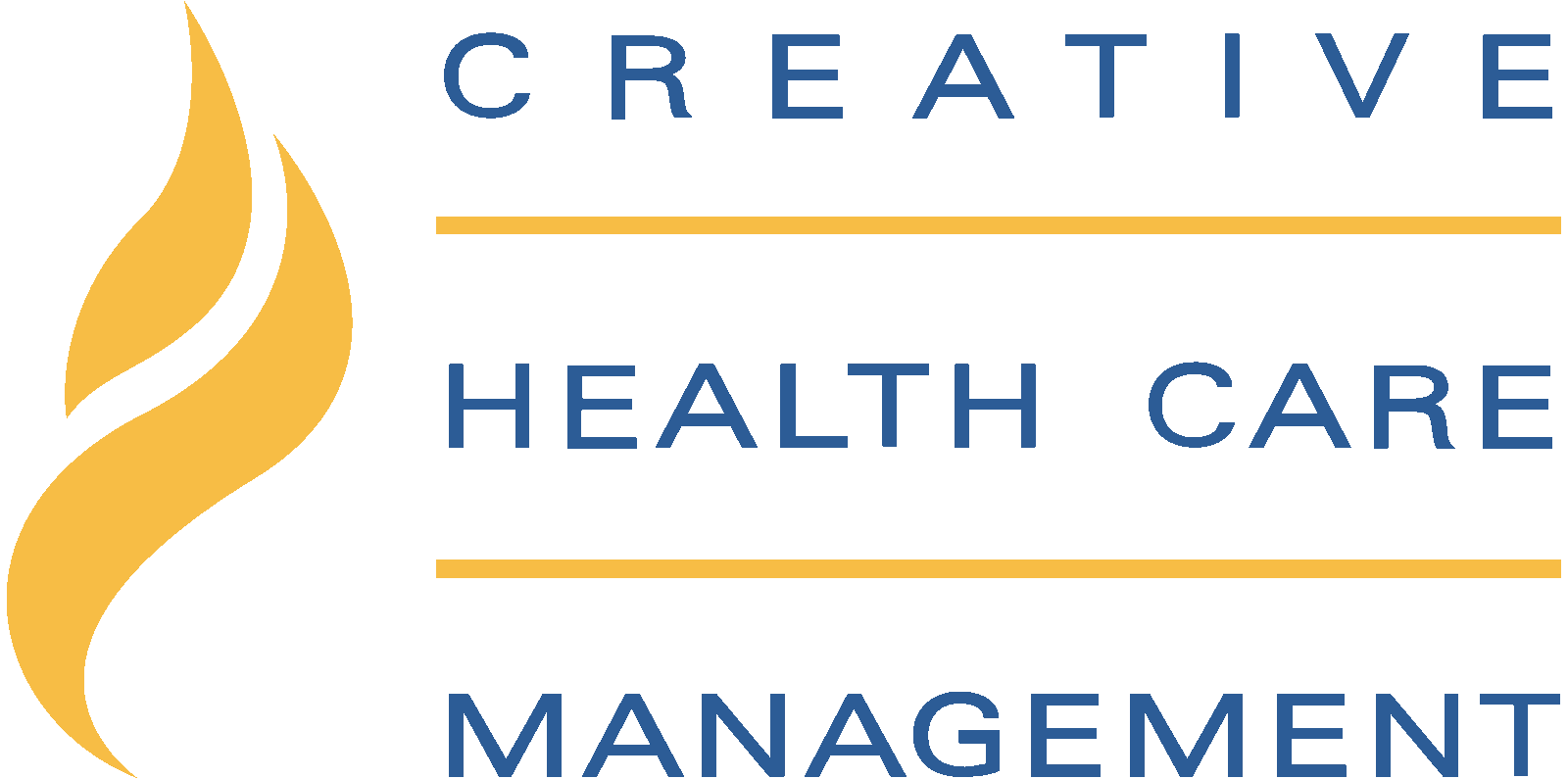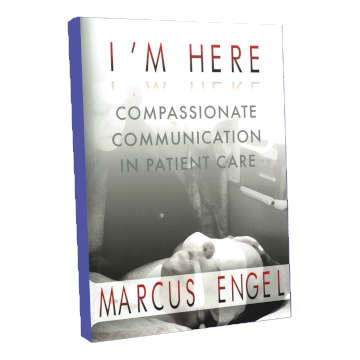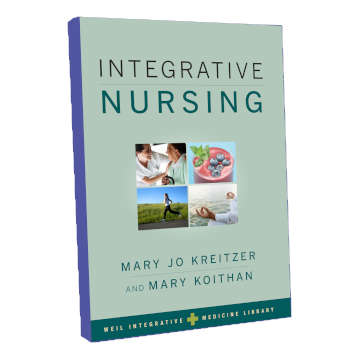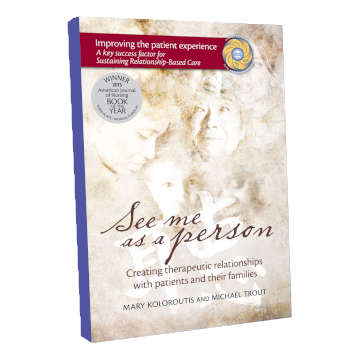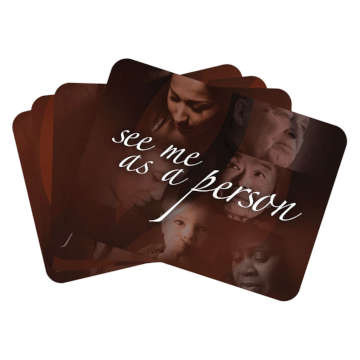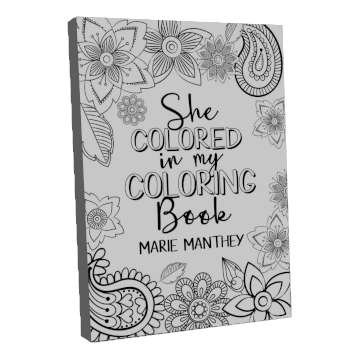by Mary Koloroutis, MSN, RN, CEO and Traci Hanlon, MN, RN
Remember what drew you to health care? And what makes your work meaningful now? Chances are caring for people is the answer to both questions.
In fact, healthcare is provided through relationships. Over a decade ago we developed a care delivery framework described in the award-winning book Relationship-Based Care: A Model for Transforming Practice. We were on the vanguard of a revolution toward more patient-centered caring. Indeed, we have always known the importance of connection to patient experience, employee attitudes, interpersonal relations, teams, and performance. For nurses, caring relationships are so essential at work that it is inseparable from the work itself. We believe the best nursing care requires understanding of three key relationships: (1) relationship to one’s self, (2) relationship to co-workers and (3) relationship to patients and families. And, the hallmark of meaningful connection is attunement or tuning-in to others with genuine interest and care.
When we deconstruct what makes for a meaningful connection, surprisingly, it is micro-moments – an expression of compassion that eases another’s suffering, or a glance of warmth and gratitude flashed by a family member after a difficult conversation. Such moments make us feel better, but research is now showing that these micro-moments of connection are also critical achieving important outcomes, whether it is the patient outcome or team outcomes.
Yet, nurses often feel they don’t experience genuine connections frequently enough (Kanov, et al., 2004; Gallup, 2013; Press Ganey, 2016). A major contributor to this is a phenomenon called complexity compression. First described in 2007, complexity compression is defined as what nurses’ experience when expected to assume extra, impromptu responsibilities while simultaneously managing existing job duties in a condensed time frame (Krichbaum, et al., 2007). This phenomenon coupled with frequent interruptions, often from communication devices, further pulls attention away from the patient. The impact? Relationships with patients and families are disjointed and hurried. Amidst the busyness, there is less of an ability to focus and listen to patients or teammates. Consider the startling statistic that the typical human attention span is dwindling from an average of 12 seconds in 2000 to just about 8 seconds as of 2013 – less than the attention span of a goldfish (Microsoft Canada, 2015). We all know what interruptions and lack of focus feel like – it’s everywhere.
Missing out on why we went into health care in the first place
Regrettably, busyness is causing us to miss out on the very thing that gives us joy in our work: meaningful connection with others (Barsade S. G., 2007; Leiberman, 2013; Barsade S. G., 2014). And in nursing, not only does this mean we feel more frustrated and experience depletion of our energy and joy in the work, it also means there are more errors (Westbrook, Woods, & Rob, 2010). Additionally, interactions, when they do occur, often lack the attunement that leads to the best possible outcomes (Koloroutis & Trout, 2012; Press Ganey, 2013; Aiken Linda H, 2012).
As nurses, we tend to be quick to blame ourselves, “if only I was better at multi-tasking, had more energy, was smarter, faster…fill in the blank.” But this doesn’t wash and here’s why. Most of us were not prepared in the knowledge and skills required to best connect with our patients and their loved ones in fast-paced healthcare settings. This is the practice of therapeutic relationships and relationship-based care.
The power of therapeutic relationships
Contemporary research is illuminating the underpinnings of relational caring science or therapeutic relationships across multiple disciplines including psychology, cognitive neuroscience, and organizational behavior. When a therapeutic connection is established, people feel more open, competent, and hopeful. A framework which teaches therapeutic relationship knowledge and skills was introduced in the award-winning book See Me as a Person (Koloroutis & Trout, 2012).
Ready to cultivate meaningful connections? Try these four simple practices.
- Attuning: We cannot connect meaningfully with others unless we are tuned-in to ourselves. When we pause and take a breath, we make space for greater connection with others. Attuning is the practice of being present in the moment and “tuning in” to ourselves and then others. When we attune to patients we are meeting them exactly where they are and remembering that what might be routine for us is often life-altering for them. Try this: Before entering a patient room, pause, take a mindful breath and as best you can, slow down. Then connect with the patient/family with a focus on their state of being (physical, emotional, mental and spiritual).
- Wondering: We all bring with us preconceived ideas and expectations about others. Wondering is the practice of bringing an open-hearted curiosity toward others by recognizing and suspending assumptions and judgment. It is the practice of being genuinely interested and understanding that only patients can tell us about themselves. Their input is critical to quality care. Try this: Be curious about what your patient will teach you. Be curious about your patient’s backstory and how it is impacting their interactions and responses to care. You may not actually hear their backstory – the point is to remember they have one.
- Following: When we are watching a movie, we follow the story as it evolves. Similarly, when we practice following patients, we are listening to and focusing on their emerging story and paying attention to what they are telling us matters most to them. Try this: Next time you are with a patient or family member, listen to and validate the person with empathic sounds and attuned body language. Pay attention to what they say is most important to them and integrate that into their care.
- Holding: When we hold an infant, we instinctively cradle them in our arms. Holding a patient is the same thing but from a psychological perspective. It is the practice of intentionally creating a haven that protects the dignity of an individual. It is the practice of speaking with respect for them as persons. Try this: Next time you are caring for an angry or distressed patient, experiment with remembering that anger is a normal human response to illness. It comes from feelings of fear and powerlessness. Acknowledge their feelings, remain a sturdy and compassionate presence and take kind actions to ease their suffering.
We believe we are all guided by a shared purpose to reduce suffering and bring more heartwarming connection to our work as nurses. The four practices of attuning, wondering, following, and holding are critical skills that will make a significant impact in care of our patients and our own sense of joy in our work.
Mary Koloroutis, MSN, RN, CEO and Consultant
As a co-creator, author, and editor of the Relationship-Based Care series of books and seminars, Mary helps healthcare organizations create a framework for delivering world-class care with strong underlying values and principles, and then works with them to implement that framework. Her most recent book, See Me as a Person: Creating Therapeutic Relationships with Patients and their Families, co-authored with Michael Trout, helps clinicians in all disciplines to connect authentically with the patients and families in their care no matter how chaotic their care environments may be.
Traci Hanlon, MN, RN, Consultant
A staff development specialist with a background in nursing education and management in diverse clinical specialties, Traci is best known for her work in helping organizations develop transformative orientation, preceptor, leadership, and healthy work environment programs. Traci’s work is always informed by the latest cutting-edge research available on adult learning theory, critical thinking, clinical decision making, and the science of Wellbeing and resiliency, which looks at how positive emotions impact an individual’s ability to engage in pro-social behaviors.
See Me as a Person: Stories for Reflection on the Therapeutic Relationship CD
I'm Here: Compassionate Communication in Patient Care
Modern medical technology helps patients recover faster than any other time in history.
Integrative Nursing
See Me as a Person: Creating Therapeutic Relationships with Patients and Their Families
See Me as a Person Card Deck
She Colored in My Coloring Book
See Me as a Person: Stories for Reflection on the Therapeutic Relationship CD
I’m Here: Compassionate Communication in Patient Care
Modern medical technology helps patients recover faster than any other time in history.
